Home>Garden Essentials>How Can Landscape Design Provide Sun And Warmth In The Winter Months?
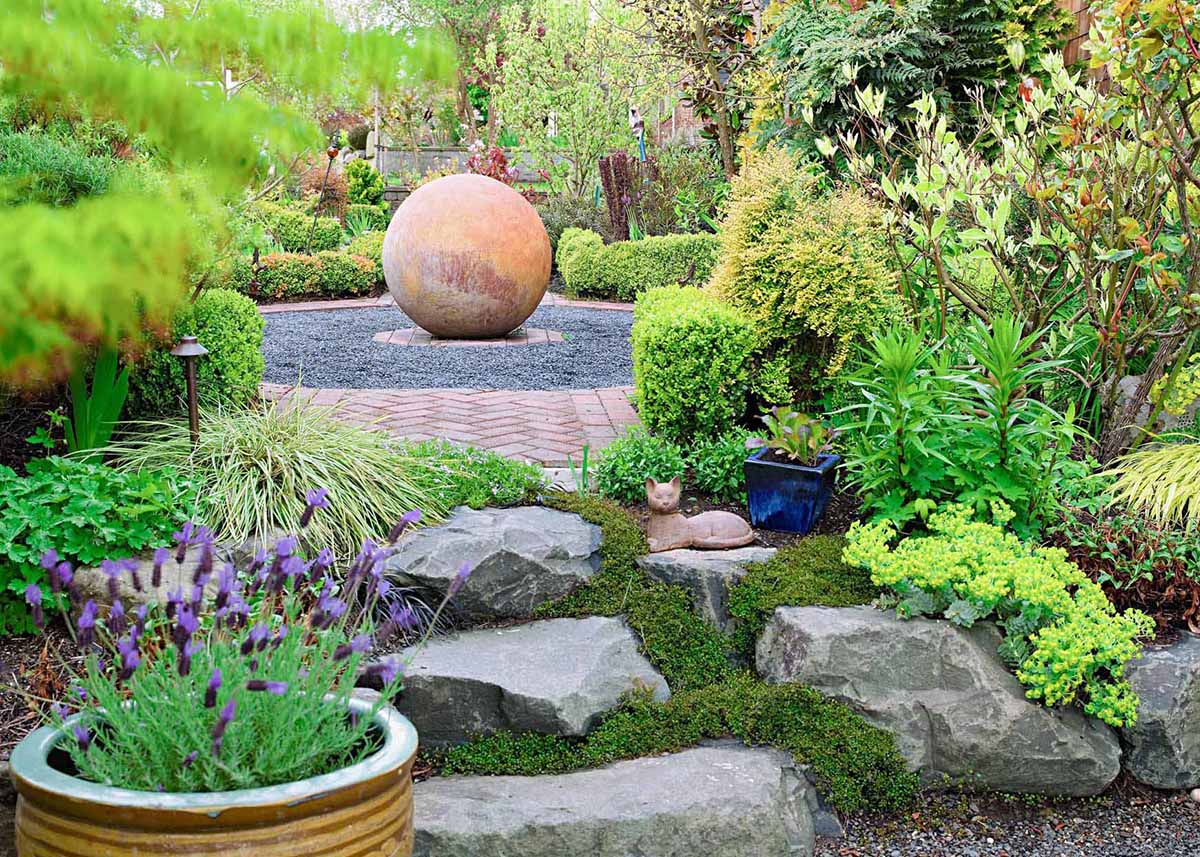

Garden Essentials
How Can Landscape Design Provide Sun And Warmth In The Winter Months?
Modified: October 27, 2024
Discover how garden landscape design can maximize sun exposure and create a warm outdoor haven during the chilly winter months.
(Many of the links in this article redirect to a specific reviewed product. Your purchase of these products through affiliate links helps to generate commission for Storables.com, at no extra cost. Learn more)
Introduction
When the winter months roll around, many garden enthusiasts may feel disheartened by the lack of sun and warmth in their outdoor spaces. However, with strategic landscape design, it is possible to create a winter garden that not only thrives but also provides a cozy and inviting atmosphere. By understanding the principles of maximizing sunlight exposure and harnessing the natural elements, you can transform your outdoor space into a winter retreat.
In this article, we will explore various techniques and strategies for designing a winter garden that embraces the sun and warmth. From selecting sun-friendly plants to incorporating hardscape elements and creating microclimates, we will cover everything you need to turn your garden into a sun-drenched oasis during the colder months.
So, let’s dive in and discover how landscape design can provide the much-needed sun and warmth in the winter months.
Key Takeaways:
- Embrace the winter sun by choosing sun-friendly plants, incorporating hardscape elements, and creating microclimates to transform your garden into a cozy oasis during the colder months.
- Maximize solar exposure, utilize passive solar design principles, and add fire features and outdoor heaters to create a warm and inviting winter garden that thrives year-round.
Read more: How To Build A Sun Porch
Assessing the Site
Before embarking on any landscape design project, it’s important to assess the site to understand its unique characteristics and limitations. This step is crucial in determining how much sunlight your garden receives during the winter months and identifying areas that may be more prone to shade or cold drafts.
Start by observing the sun’s path throughout the day and noting the areas of your garden that receive the most sunlight. This will help you identify the ideal locations for sun-loving plants, seating areas, and other features that require direct sunlight.
In addition to sunlight, also consider the presence of obstacles such as trees or buildings that may cast shadows on your garden. These shadows can significantly impact the amount of sunlight your plants receive. By understanding these site-specific conditions, you can make informed decisions when choosing plants and designing your outdoor space.
Furthermore, assess the soil quality and drainage of your garden. Plants, especially those that thrive in sunny conditions, require well-drained soil. If your garden has poor drainage, consider implementing measures to improve it, such as adding organic matter or installing a drainage system.
Overall, a thorough assessment of your site will provide valuable insights into the unique characteristics and constraints of your garden. Armed with this knowledge, you can proceed to design a winter garden that maximizes sun and warmth.
Selecting Sun-Friendly Plants
Choosing the right plants is essential for creating a winter garden that thrives in the sun. When selecting plants for your garden, opt for those that are known for their sun tolerance and ability to withstand colder temperatures. These sun-loving plants will make the most of the limited sunlight available during the winter months.
Evergreen plants, such as conifers and holly, are excellent choices as they maintain their foliage year-round, providing structure and color to your winter garden. Look for varieties that have vibrant foliage or interesting textures to add visual interest to the space.
Consider incorporating plants with colorful winter berries, such as winterberry holly or pyracantha. These plants not only add a burst of color but also provide food for birds during the winter months. This can bring life and activity to your garden, even during the colder seasons.
Some flowering plants are known for their ability to bloom even in cooler temperatures. Winter-flowering pansies, camellias, and hellebores are fantastic options for adding a splash of color to your winter garden. These plants can withstand the cold and continue to bloom, providing a beautiful focal point in your outdoor space.
Don’t forget to include ornamental grasses in your selection. These plants not only provide texture and movement but also create a stunning display when backlit by the winter sun. Varieties such as Miscanthus or Karl Foerster feather reed grass are excellent choices for adding interest to your garden during the colder months.
When arranging your plants, consider their height and growth habits. Place taller plants towards the back of your garden or use them as a backdrop for shorter plants. This creates depth and adds visual interest to your winter garden.
Lastly, ensure that the selected plants are suitable for your specific hardiness zone. Different plants have different cold tolerance levels, so it’s crucial to choose species that can withstand the winter temperatures in your area.
By carefully selecting sun-friendly plants, you can create a winter garden that not only survives but thrives in the limited sunlight. These plants will add color, texture, and interest to your outdoor space, providing a vibrant and inviting atmosphere during the cold winter months.
Incorporating Hardscape Elements
While plants play a significant role in creating a sun-friendly winter garden, incorporating hardscape elements can further enhance the overall design and functionality of the space. Hardscape elements refer to the non-living features of a garden, such as walkways, patios, walls, and structures.
One way to maximize sun exposure in your winter garden is by strategically placing hardscape elements. Consider incorporating a sun-facing patio or seating area where you can bask in the warmth of the winter sun. By positioning these areas in the path of sunlight, you can create comfortable spaces to enjoy during the colder months.
Retaining walls and raised beds not only provide structure to your garden but can also create microclimates. Constructing these elements using materials that absorb and retain heat, such as stone or brick, can help to warm up your garden. The retained heat will radiate back into the surrounding plants, providing an extra source of warmth during the winter months.
Additionally, think about adding pergolas or arbors to your garden design. These structures not only provide shade during the summer but can also serve as a support for climbing plants. By selecting deciduous climbers, such as grapevines or wisteria, you can enjoy the shade they provide during the summer while allowing the winter sun to penetrate through once the leaves have fallen.
Incorporating water features, such as fountains or ponds, can also enhance your winter garden’s beauty and functionality. Water absorbs and retains heat, acting as a thermal mass that can help warm up the surrounding area. The glistening water surface can also reflect sunlight, creating a mesmerizing play of light and adding a sense of tranquility to your garden.
When selecting hardscape elements, consider their design, material, and placement in relation to the sun’s path. Thoughtfully incorporating these features will not only enhance the aesthetics of your winter garden but also contribute to maximizing the sun and warmth in your outdoor space.
Creating Microclimates
Creating microclimates within your winter garden can significantly impact the amount of sun and warmth your plants receive. A microclimate refers to a small, localized area with distinct environmental conditions that differ from the surrounding area. By strategically manipulating these conditions, you can create microclimates that provide optimal growing conditions for your plants.
One effective method of creating microclimates is through the use of windbreaks. Strong winds can strip away heat and moisture from your garden, making it challenging for plants to thrive. By installing windbreaks such as fences, hedges, or trellises, you can protect your garden from harsh winter winds. This helps to create a sheltered area that retains warmth and creates a more favorable microclimate.
Similarly, using reflective surfaces can maximize sunlight absorption and reflection. By placing reflective materials, such as mirrors or white stones, strategically in your garden, you can bounce sunlight onto nearby plants, increasing their access to sunlight. This can be particularly helpful for plants that are positioned in shade-prone areas.
Another technique for creating microclimates is through the use of mulch. Applying a layer of organic mulch around the base of your plants helps to insulate the soil and regulate temperature. This prevents extreme temperature fluctuations, creating a more stable microclimate that is conducive to plant growth. Additionally, mulch helps to retain moisture, reducing the risk of drying out during the winter months.
Consider the placement of taller plants as well. By strategically positioning taller plants in the northern or western areas of your garden, you can create shade for more sun-sensitive plants. This allows for a diverse range of plants to coexist in different microclimates within your garden.
Lastly, don’t underestimate the power of water. Incorporating a water feature, such as a pond or small stream, can contribute to creating a favorable microclimate. Water acts as a thermal mass, absorbing and radiating heat, creating a more constant temperature around it. Not only does it provide visual appeal but it can also help to moderate temperatures in your garden.
By creating microclimates within your winter garden, you can optimize the microenvironment for your plants, providing them with the necessary sun and warmth to thrive. This thoughtful manipulation of environmental conditions ensures that every inch of your garden is utilized effectively, resulting in a more vibrant and flourishing outdoor space even during the winter months.
Maximizing Solar Exposure
Maximizing solar exposure is key to ensuring that your winter garden receives ample sunlight and warmth. By strategically placing and arranging your plants, you can optimize the utilization of sunlight and create an environment that encourages growth and vitality.
First and foremost, take advantage of the natural path of the sun. Observe the direction and angle at which the sun moves across your garden during the winter months. This knowledge will guide you in positioning sun-loving plants in areas that receive the most direct sunlight.
When planting, consider the height and growth habit of your plants. Tall or bushy plants can cast shadows on smaller plants nearby, limiting their access to sunlight. To avoid shading, arrange plants according to their height, placing taller plants towards the back and shorter ones towards the front. This ensures that every plant receives the sunlight it needs without obstruction.
Pruning is another effective way to maximize solar exposure. Regularly trim back overgrown branches and foliage that may be blocking sunlight from reaching other plants. This allows for better light penetration and distribution throughout your garden.
For areas that are shaded or receive minimal sunlight, consider incorporating reflective surfaces and materials. Mirrors, light-colored stones, or even white-painted walls can reflect sunlight onto shaded areas, amplifying the amount of light they receive. This technique is particularly useful in creating microclimates and ensuring that every part of your garden gets its share of sunlight.
Another way to maximize solar exposure is by utilizing vertical space. Install trellises, walls, or pergolas and train climbing plants to grow upwards. This not only adds vertical interest to your garden but also opens up horizontal spaces for other sun-loving plants.
Furthermore, consider the positioning of your garden beds and containers. Place them in areas where they are exposed to the maximum amount of sunlight. This may involve moving them to different parts of your garden or even considering raised beds that can be positioned in optimal sun-drenched spots.
Lastly, don’t forget to regularly evaluate the growth and spread of your plants. As they mature, they may develop larger canopies or foliage that can create shade for neighboring plants. Prune or selectively thin out overcrowded plants to ensure that sunlight can reach all areas of your garden.
By strategically maximizing solar exposure, you can create a winter garden that is bathed in sunlight, providing a warm and nurturing environment for your plants to thrive. This not only enhances the overall aesthetics of your garden but also ensures the health and vitality of your beloved plants throughout the winter months.
Incorporate deciduous trees and shrubs in your landscape design to allow sunlight to penetrate through in the winter months, while still providing shade in the summer. This will help to maximize sun and warmth during the colder seasons.
Utilizing Passive Solar Design Principles
Passive solar design principles can be a game-changer when it comes to maximizing sun and warmth in your winter garden. By incorporating these principles into your garden design, you can harness the natural elements to create a sustainable and energy-efficient space.
One of the primary principles of passive solar design is to maximize the absorption of sunlight. This can be achieved by orienting your garden beds, seating areas, and hardscape elements towards the south. South-facing spaces receive the most direct sunlight during the winter months, allowing you to take full advantage of the sun’s warmth. Consider the path of the sun throughout the day and strategically position your garden features to capture the most sunlight.
Thermal mass is another important aspect of passive solar design. Materials with high thermal mass, such as stone or concrete, can absorb and retain heat from the sun. By incorporating these materials in your garden design, you create a thermal mass that serves as a heat reservoir, releasing warmth during cooler periods. Consider using stone or concrete in pathways, walls, or raised garden beds to take advantage of their thermal mass properties.
Insulation is crucial in maintaining the warmth generated by the sun. When designing garden structures, such as greenhouses or conservatories, use double-glazed windows or insulated materials to minimize heat loss. Proper insulation prevents the dissipation of heat, ensuring that your plants and the surrounding space stay warmer for longer.
Ventilation plays a role in passive solar design as well. During warmer periods, proper ventilation is essential to prevent overheating in enclosed spaces. Design your garden structures to allow for natural airflow, using strategic placement of windows, vents, or openable roofs. This allows for excess heat to escape, maintaining a comfortable temperature for your plants.
Consider incorporating thermal curtains or shading devices to regulate sunlight exposure. These can be used in greenhouses or winter garden spaces to block out direct sunlight during the hottest parts of the day, preventing overheating. When the sun is lower in the sky, these shading devices can be opened to allow for maximum sunlight penetration.
Water features can also be utilized to enhance passive solar design. Incorporate a small pond or fountain in your garden to create a cooling effect during the warmer months. The evaporative cooling provided by water features can help regulate temperature and create a more comfortable environment for your plants and yourself.
By utilizing passive solar design principles, you can create a winter garden that takes full advantage of natural sunlight and warmth. By optimizing sunlight exposure, incorporating thermal mass, proper insulation, adequate ventilation, and utilizing shading devices, you can achieve an energy-efficient and sustainable garden that provides a comfortable and thriving environment for your plants during the winter months.
Adding Fire Features
When it comes to creating a warm and inviting atmosphere in your winter garden, fire features can be a wonderful addition. Not only do they provide a source of heat, but they also add visual appeal and create a cozy ambiance that entices you to spend time outdoors even when the temperatures drop.
One popular fire feature option is a fire pit. A well-placed fire pit can become the focal point of your winter garden, attracting family and friends to gather around and enjoy the warmth and crackling flames. Whether it’s a traditional wood-burning pit or a gas-powered alternative, fire pits instantly create a welcoming and cozy atmosphere in your outdoor space.
Another option is an outdoor fireplace. These larger structures not only provide heat but also serve as a stunning architectural feature. Outdoor fireplaces can be custom-built to complement your garden’s design and create a focal point that can be enjoyed from different areas of your outdoor space. Gather around the fireplace, toast marshmallows, and enjoy the comforting glow it provides.
Torches and fire bowls are additional fire feature options that can be incorporated into your winter garden. These smaller-scale fire elements can be strategically placed around seating areas or pathways, adding pockets of warmth and creating an enchanting ambiance. They are particularly effective for smaller spaces or gardens where a larger fire pit or fireplace may be impractical.
When adding fire features, it’s important to consider safety precautions. Ensure that you follow local regulations, maintain a safe distance from structures and flammable materials, and have a fire extinguisher nearby. Also, be mindful of the wind direction to prevent smoke from blowing towards gathering areas.
Remember to create comfortable seating areas around the fire feature. Provide cozy outdoor furniture with plush cushions, blankets, and throws to keep you and your guests warm and comfortable. Additionally, consider incorporating overhead heating elements, such as outdoor heaters or heat lamps, to provide additional warmth in specific seating areas.
Adding fire features to your winter garden not only provides a source of heat but also creates a captivating and inviting atmosphere. Whether it’s a fire pit, outdoor fireplace, torches, or fire bowls, these features add warmth, light, and a touch of magic to your outdoor space. Gather around the fire, share stories, roast marshmallows, and create memories in your cozy winter garden.
Using Outdoor Heaters
Outdoor heaters are a fantastic option for extending the usability of your winter garden and providing a comfortable outdoor experience even when the temperatures drop. These heaters are specifically designed to emit heat while being safe for outdoor use, allowing you to enjoy your garden in cozy warmth.
There are several types of outdoor heaters to choose from, each catering to different needs and preferences. One common option is the traditional free-standing propane patio heater. These heaters are portable and emit a steady stream of heat, making them ideal for larger outdoor spaces or gatherings. They often come with adjustable heat settings and safety features such as automatic shut-off, making them safe and convenient to use.
Another type of outdoor heater is the electric patio heater. These heaters can be mounted on walls or even attached to umbrellas, providing focused heat to specific areas. Electric patio heaters are easy to use, as they typically require only a power source and do not require fuel refills or venting. They are also more energy-efficient than propane heaters, making them a greener option.
Infrared heaters are a popular choice for outdoor heating. These heaters emit heat that is absorbed by objects and people, rather than heating the surrounding air. This means that even in windy conditions, they can still provide warmth without the heat being blown away. Infrared heaters are available in both portable and mounted options, allowing for flexibility in your winter garden design.
When using outdoor heaters, proper placement is key. Consider placing the heaters strategically in areas where people tend to gather, such as seating areas or dining spaces. This ensures that the heat is concentrated in the areas where it is needed most, allowing you and your guests to comfortably enjoy your winter garden.
For added aesthetics and functionality, consider incorporating heaters that also serve as decorative elements. There are outdoor heaters available in various designs, including stylish lamp-style heaters or heaters that mimic the appearance of a fireplace. These heaters not only provide warmth but also add visual appeal to your garden, enhancing the overall ambiance.
While using outdoor heaters, it’s important to follow safety guidelines. Ensure that the heaters are placed on stable surfaces, away from flammable materials, and that they have proper ventilation to prevent carbon monoxide buildup. Always read and follow the manufacturer’s instructions for safe operation and maintenance.
By using outdoor heaters, you can transform your winter garden into a comfortable and inviting space, even during the cooler months. Whether it’s a patio heater, electric heater, or infrared heater, these devices provide reliable warmth that allows you to fully enjoy your outdoor oasis while staying cozy and comfortable.
Read more: How To Design A Low-Maintenance Landscape
Implementing Windbreaks
When designing your winter garden, implementing windbreaks can be a game-changer in creating a sheltered and wind-free environment. Windbreaks are barriers or structures that deflect or block the wind, helping to create a more pleasant microclimate in your outdoor space.
One effective way to implement a windbreak is by using fencing. Solid fences, such as wooden or vinyl panels, are ideal for blocking strong winds and creating a protected area. Ensure that the fence is tall enough to adequately deflect the wind over your garden. Additionally, consider latticed fences, which allow for some wind penetration while still offering protection from strong gusts.
Hedges are another natural and aesthetically pleasing option for windbreaks. Planting dense and wind-resistant shrubs or trees in strategic locations can effectively block or deflect strong winds. Evergreen varieties, such as leylandii or cypress, provide year-round protection, while deciduous options like beech or hornbeam offer wind mitigation during the growing months. Combine different types of shrubs and trees to create a multi-layered hedge, enhancing the effectiveness of the windbreak.
Living windbreaks, consisting of trees or shrubs, have additional benefits beyond wind protection. They can function as noise barriers, provide shade in the summer, and create habitat for wildlife. Consider the specific needs and characteristics of your garden when selecting plants for a living windbreak.
In addition to hedges and fences, you can incorporate solid structures as windbreaks. For example, positioning solid walls or tall garden structures, such as pergolas or arbors, strategically in your garden can help to redirect or block winds. These structures not only provide wind protection but also add architectural interest to your outdoor space.
When designing your windbreak, consider the direction and intensity of prevailing winds in your area. Observe how wind moves through your garden and identify the areas that are most affected by gusts. This will guide you in effectively placing windbreaks to provide protection where it is needed.
Additionally, keep in mind that windbreaks can create microclimates. They create localized areas of reduced wind speeds and, as a result, can influence temperature and humidity levels. Take this into consideration when planning your garden layout and ensure that different areas receive the appropriate amount of sun, shade, and wind exposure.
Implementing windbreaks in your winter garden serves multiple purposes. They protect your plants from the damaging effects of strong winds, create a more comfortable environment for outdoor activities, and reduce the risk of soil erosion. By carefully selecting and positioning windbreaks, you can transform your garden into a sheltered oasis, allowing you to enjoy the beauty of nature even in blustery conditions.
Conclusion
Designing a winter garden that provides sun and warmth is not only possible but also incredibly rewarding. By implementing various strategies and techniques, you can transform your outdoor space into a thriving oasis, even during the colder months.
Start by assessing your site, understanding the unique characteristics and limitations of your garden. This will guide you in selecting sun-friendly plants and positioning them in areas that receive the most sunlight. Incorporate hardscape elements strategically to maximize solar exposure and create microclimates that enhance plant growth.
Utilize passive solar design principles to harness the sun’s energy and create a sustainable and energy-efficient garden. Consider the use of fire features, such as fire pits and outdoor fireplaces, to provide warmth and create a cozy ambiance. Incorporate outdoor heaters to extend the usability of your winter garden and keep yourself and your guests comfortable.
Implement windbreaks to create a sheltered environment and protect your garden from strong winds. By carefully selecting and placing fences, hedges, or solid structures, you can create a microclimate that encourages plant growth and preserves warmth.
In conclusion, with strategic landscape design, you can create a winter garden that embraces the sun and warmth. By selecting sun-friendly plants, incorporating hardscape elements, creating microclimates, maximizing solar exposure, using passive solar design principles, adding fire features, utilizing outdoor heaters, and implementing windbreaks, you can transform your outdoor space into a winter retreat that you can enjoy year-round.
So, embrace the possibilities and let your creativity flow as you design and cultivate a winter garden that not only survives but thrives during the colder months. Embrace the beauty of nature, bask in the warmth of the sun, and create a cozy haven that brings joy and tranquility to your outdoor space.
Frequently Asked Questions about How Can Landscape Design Provide Sun And Warmth In The Winter Months?
Was this page helpful?
At Storables.com, we guarantee accurate and reliable information. Our content, validated by Expert Board Contributors, is crafted following stringent Editorial Policies. We're committed to providing you with well-researched, expert-backed insights for all your informational needs.
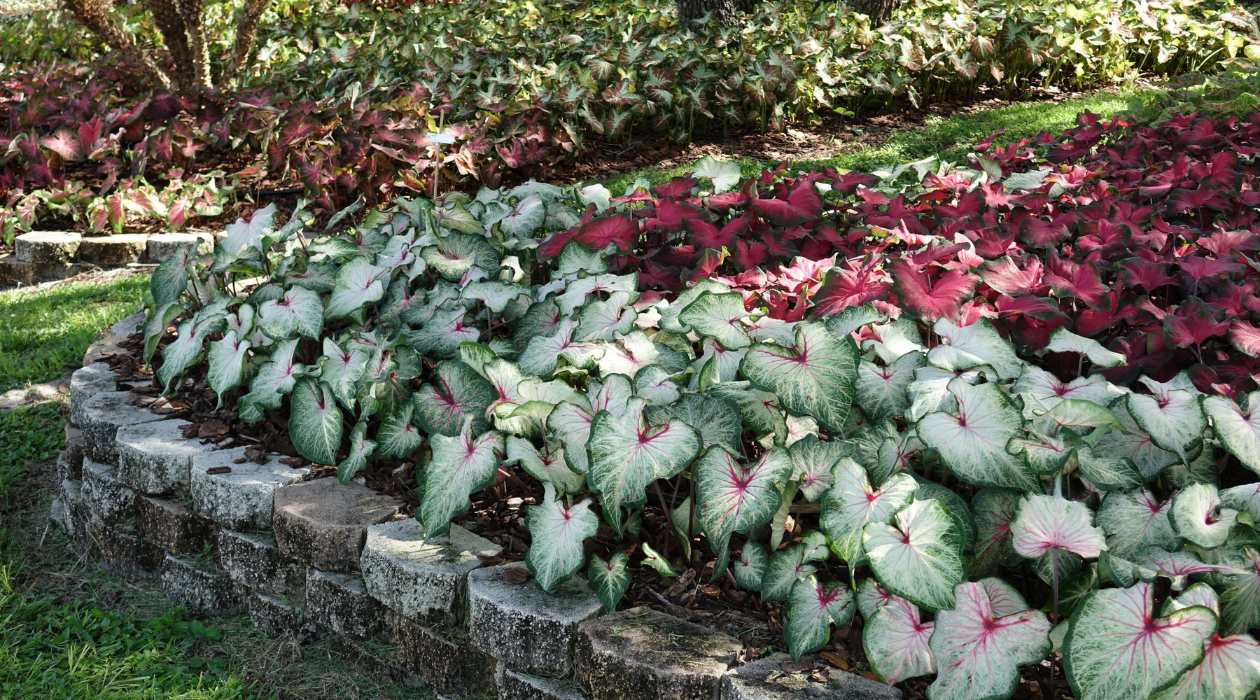



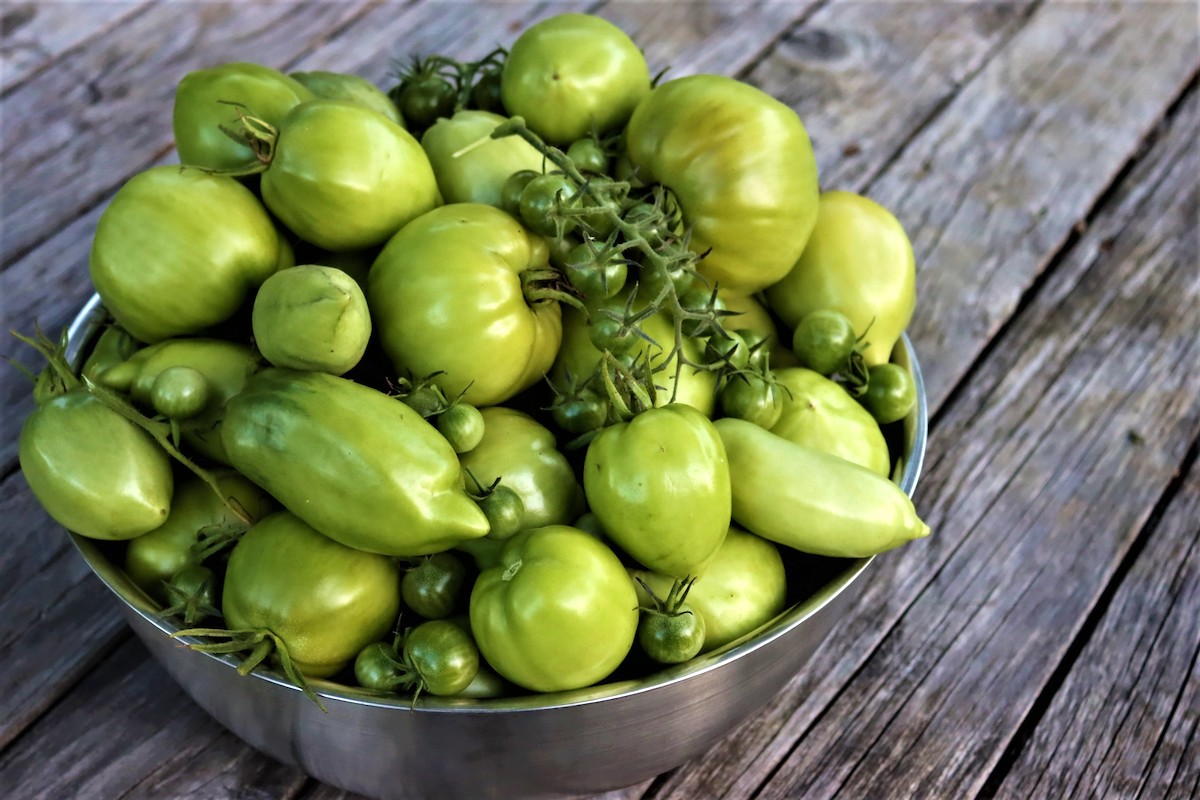

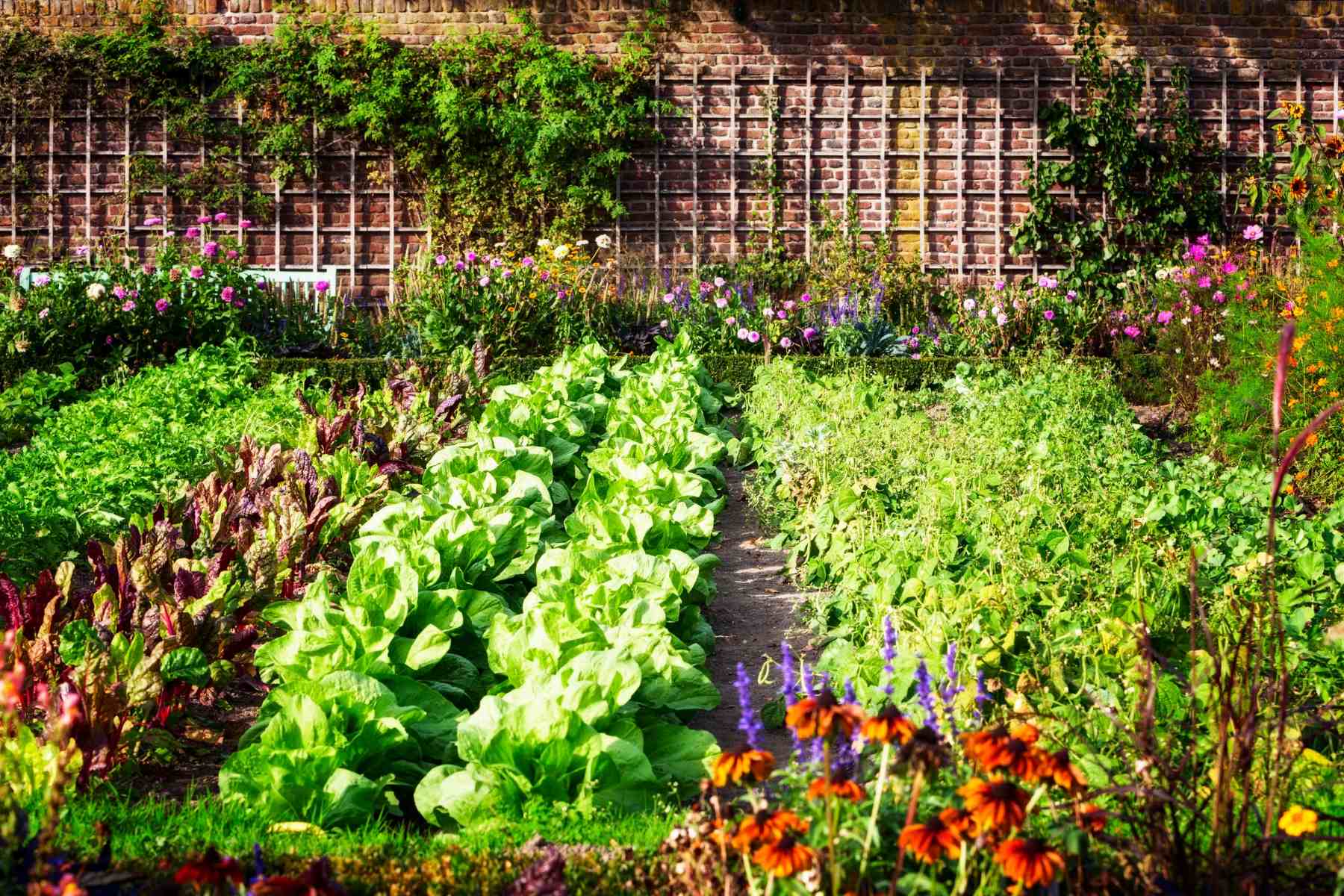

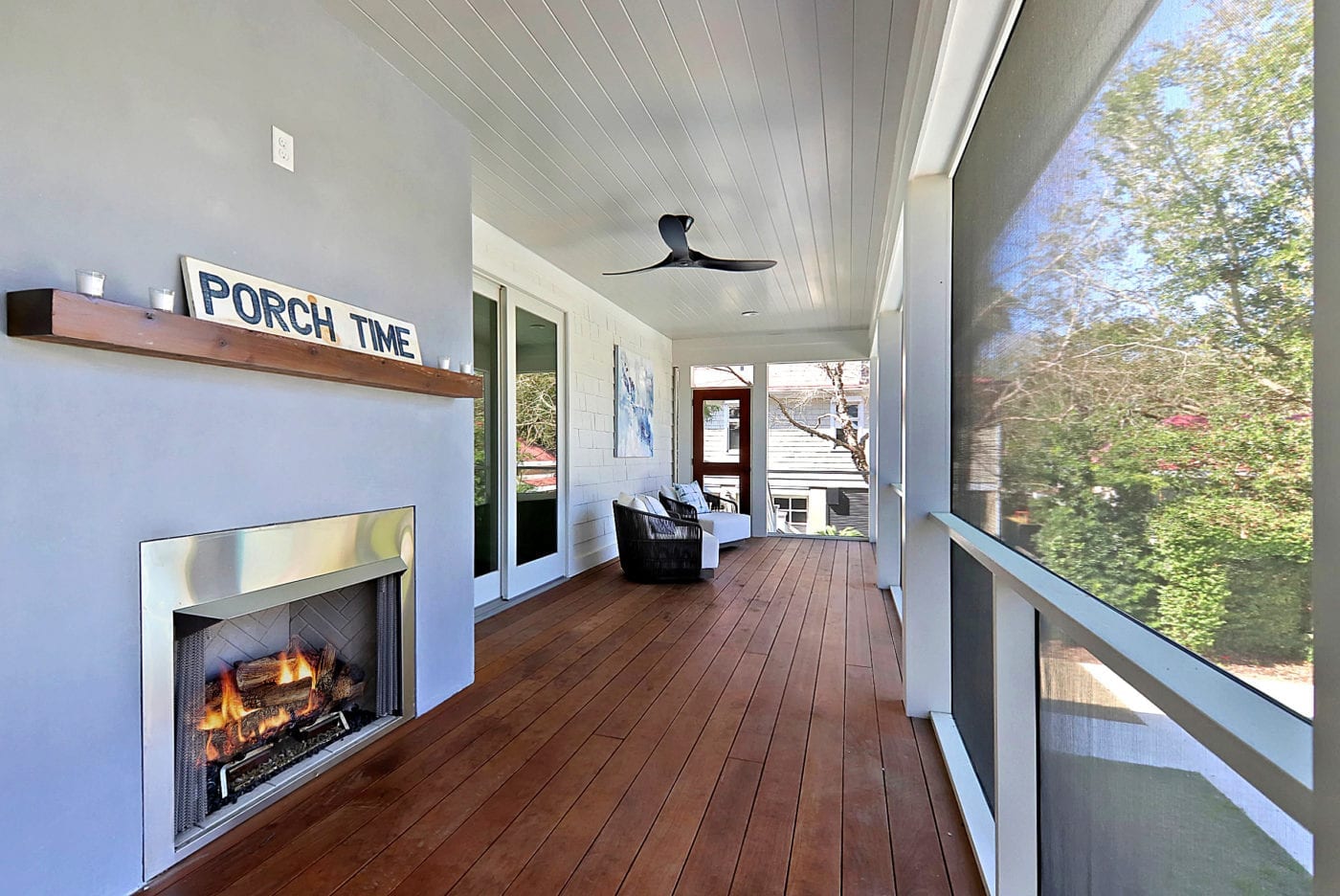
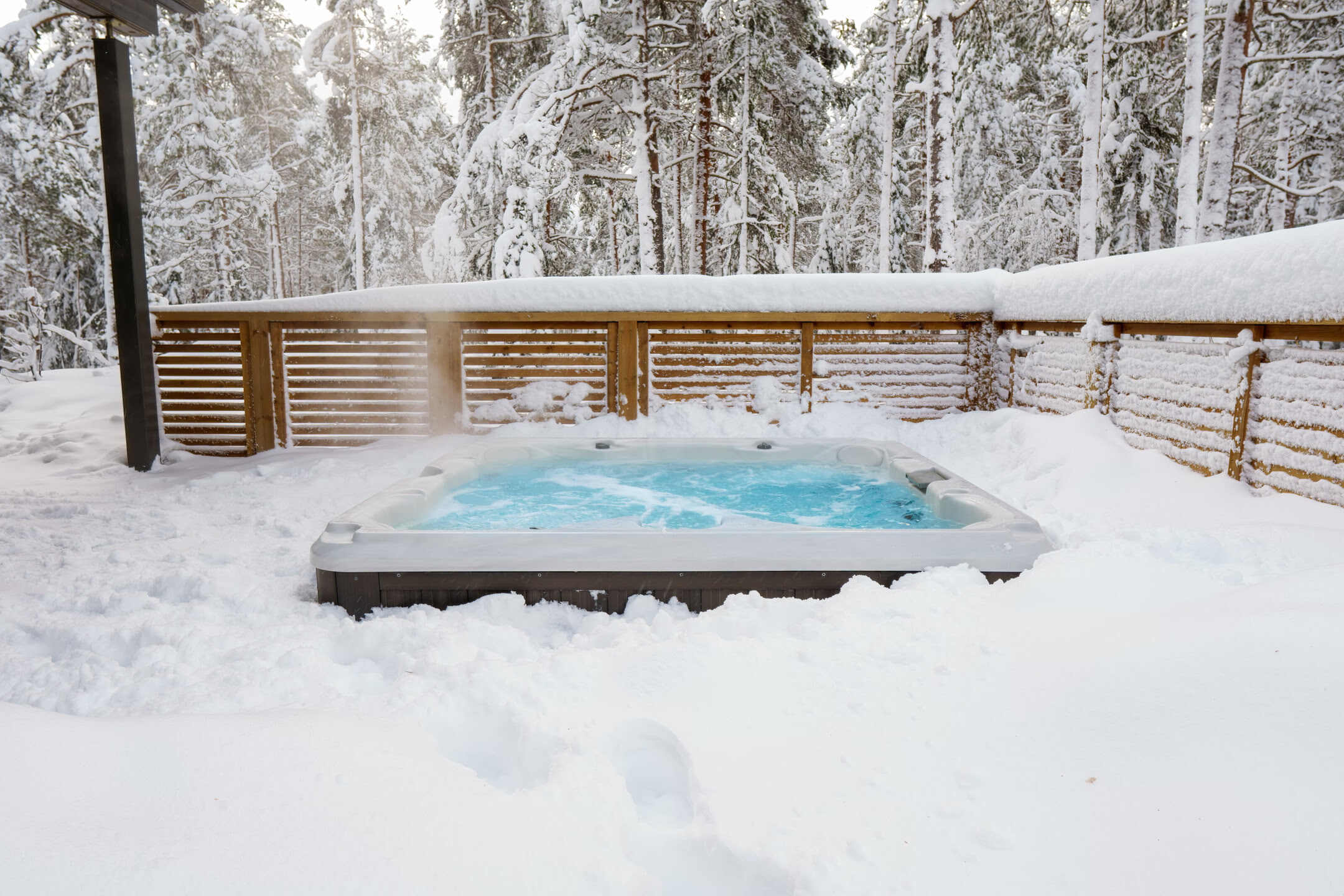
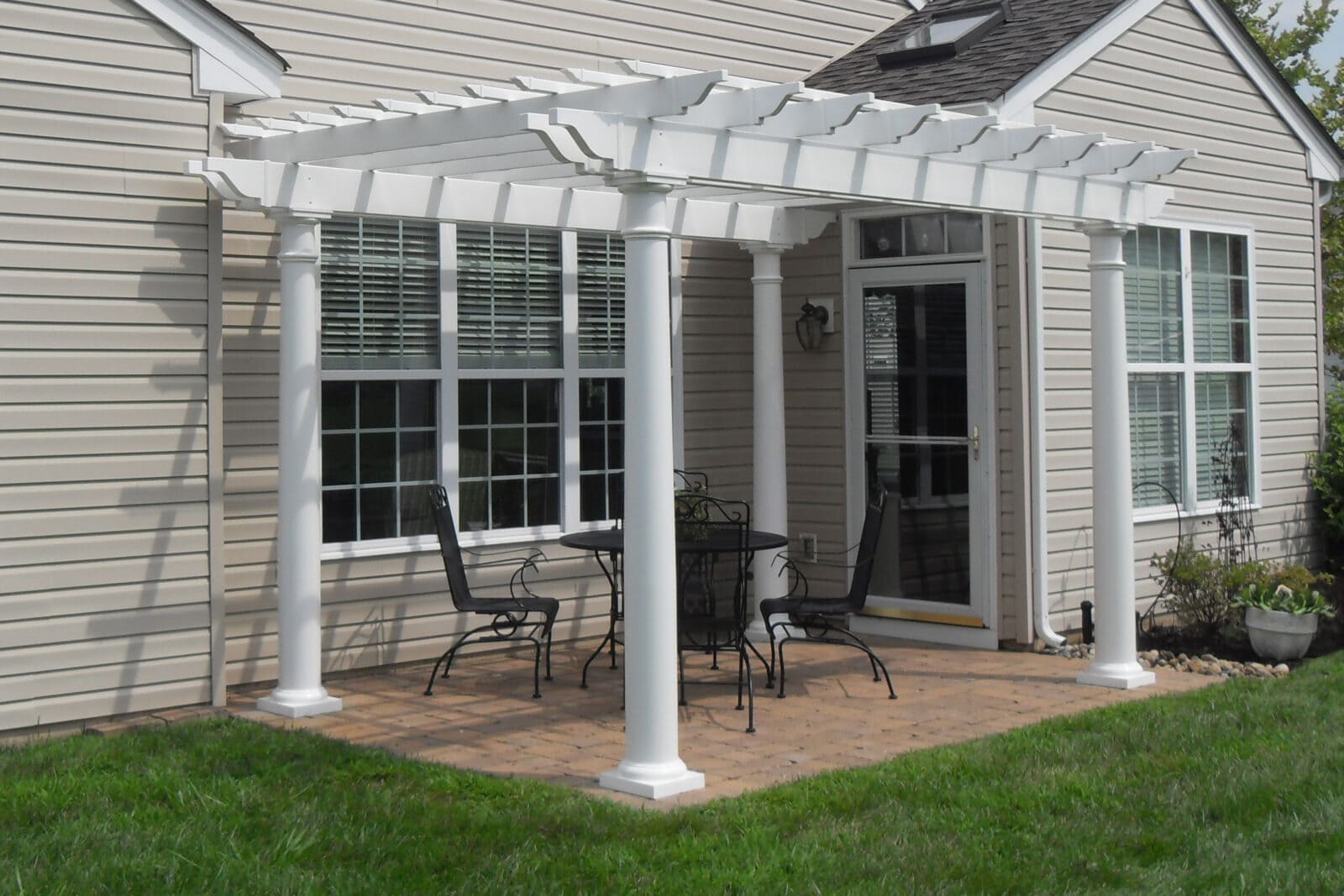
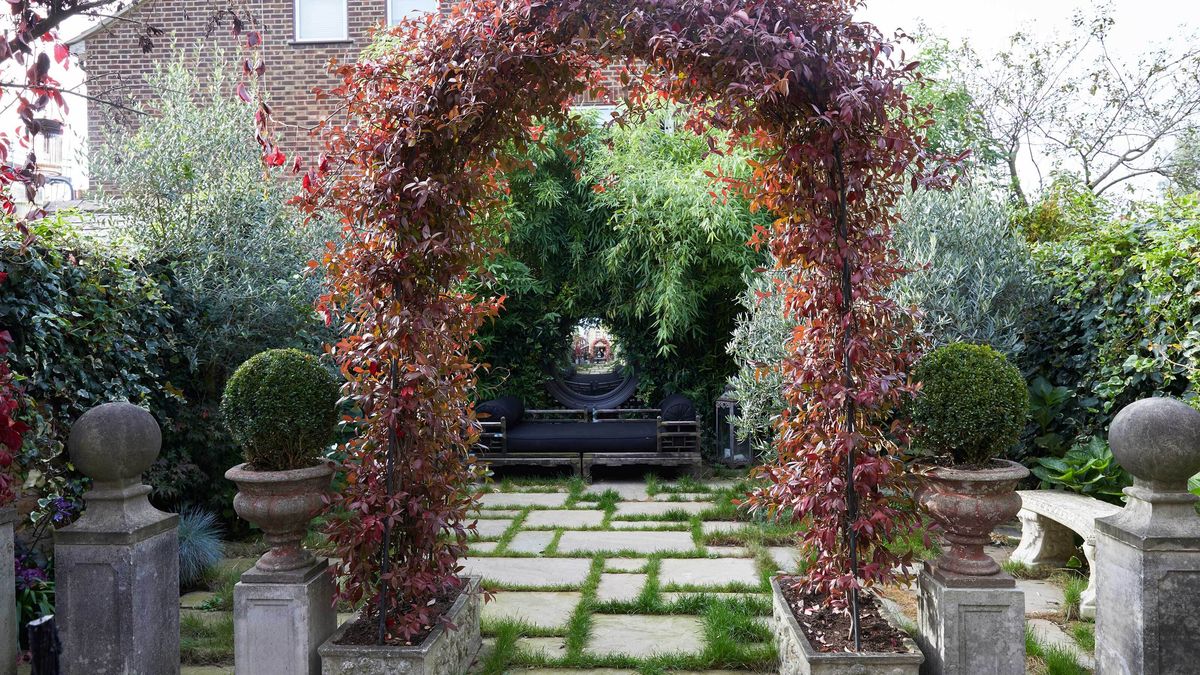


0 thoughts on “How Can Landscape Design Provide Sun And Warmth In The Winter Months?”